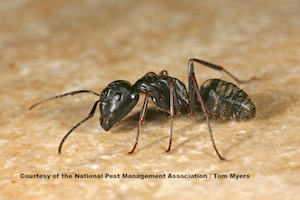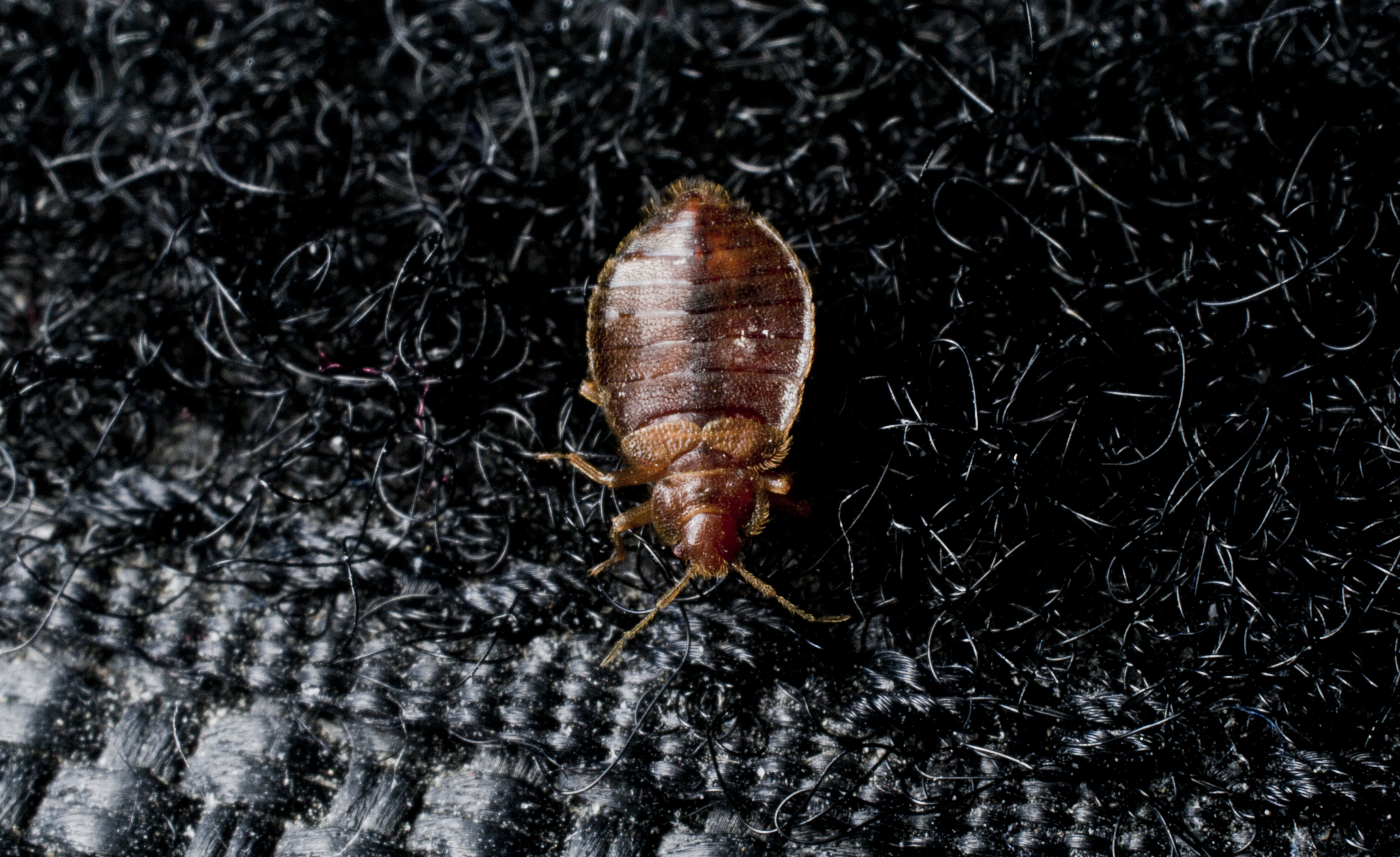Excessive Moisture Across Continental U.S. Will Spur Early Pest Activity
National Pest Management Association issues its Bug Barometer® forecast
FAIRFAX, VA (March 21, 2019) – The National Pest Management Association (NPMA) today released its bi-annual Bug Barometer®, a seasonal forecast of the pest pressure and activity Americans can expect to see in their respective regions of the country based on weather patterns and long-term predictions, as well as pest biological behaviors. According to the group’s team of entomologists, residual winter moisture coupled with wet forecasts ahead will cause pest populations to spike early in much of the continental U.S. this spring and summer.
“While regions across the country were either unseasonably cold or warm this past winter, there’s one factor that almost all of them had in common – excessive moisture,” said Jim Fredericks, Ph.D., chief entomologist for the NPMA. “From record-setting snow in parts of Texas and Arizona to excessive rain in the southeast, continued precipitation predicted for most of the country this upcoming season will allow pest populations to continue to thrive and multiply.”
Even the select few regions that will experience drier spring and summer conditions are not in the clear just yet. “Cockroach, ant and fly populations in drier regions will push their way indoors in search of food and water, bringing about a whole host of indoor pest-related health issues including food contamination. Cockroaches can also trigger asthma and allergy symptoms,” added Fredericks.
Based on this analysis, the National Pest Management Association’s Bug Barometer is forecasting an early spike in pest populations across the entire U.S. this season:
Northeast & New England
A cold, rainy spring and early summer will allow ticks to thrive due to favorable humidity, and will keep rodents indoors as they look for warm, dry conditions to nest. Expect stinging insects to be a nuisance in New England as mild summer conditions are expected.
Southeast
Residual winter moisture will create ideal conditions for mosquito larval habitats to form in standing water, and will allow termite populations to flourish. With a rainy summer also predicted, expect increased cockroach and ant pressure as they move indoors for shelter.
Great Lakes, Ohio Valley & Midwest
Rapid snowmelt from warm spring conditions could potentially cause flooding, leading to an increase in tick and mosquito populations. Drier summer conditions expected in the Great Lakes region could also drive earwigs and springtails indoors in search of water.
North Central U.S.
After a very cold and wet winter, warm, rainy spring conditions may jump-start mosquito populations and allow tick populations to flourish. Warm, dry summer conditions in the northern part of this region will also help ant populations thrive, and could mean more exposure to stinging insects.
South Central U.S.
Exceptionally warm weather throughout winter helped pest populations persist. With a rainy, humid summer ahead, termite pressure will be high and ticks and mosquitoes will have plenty of resources for populations to boom.
Southwest U.S.
Warm, dry summer conditions will push cockroaches and ants indoors in search of food and water. Flies may also be an issue in this region as temperatures climb throughout the spring and summer.
Northwest U.S.
Warm and wet conditions allowed pest populations to survive through winter. Warm, dry summer conditions ahead will also allow tick and ant populations to grow throughout the season.
For more information on NPMA’s Bug Barometer or to learn more about protecting against common household pests, visit PestWorld.org.
###
About the National Pest Management Association
The NPMA, a non-profit organization with more than 5,500 members, was established in 1933 to support the pest management industry's commitment to the protection of public health, food and property from the diseases and dangers of pests. For more information, visit PestWorld.org or follow @PestWorld on Facebook, Twitter, Pinterest and YouTube.

Learn About Ants
Ants are a common pest homeowners struggle to eradicate. Learn more about them!

Bed Bug Pest Guide
Traveling for the holidays this year? Be sure to keep an eye out for bed bugs! Use our Pest Guide to help identify this pest.

NPMA's What Grows There? Project
Check out NPMA's What Grows There? project to learn how pests, such as flies, cockroaches and rodents, can spread germs throughout a home.

About the National Pest Management Association
The NPMA, a non-profit organization with more than 5,500 members, was established in 1933 to support the pest management industry's commitment to the protection of public health, food and property from the diseases and dangers of pests. For more information, visit PestWorld.org or follow @PestWorld on Facebook, X, Pinterest, TikTok and YouTube and @PestWorldOfficial on Instagram.

Learn About Ants
Ants are a common pest homeowners struggle to eradicate. Learn more about them!

Bed Bug Pest Guide
Traveling for the holidays this year? Be sure to keep an eye out for bed bugs! Use our Pest Guide to help identify this pest.

NPMA's What Grows There? Project
Check out NPMA's What Grows There? project to learn how pests, such as flies, cockroaches and rodents, can spread germs throughout a home.

